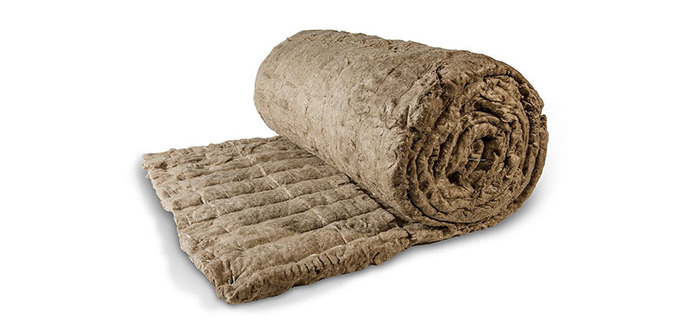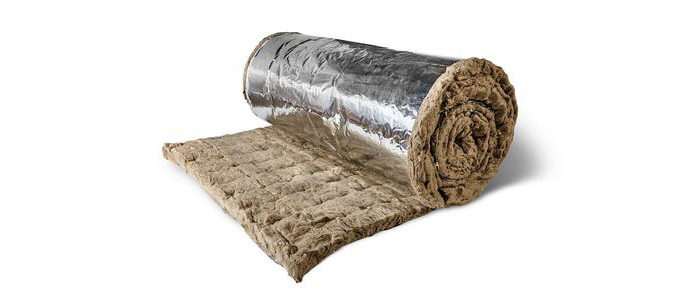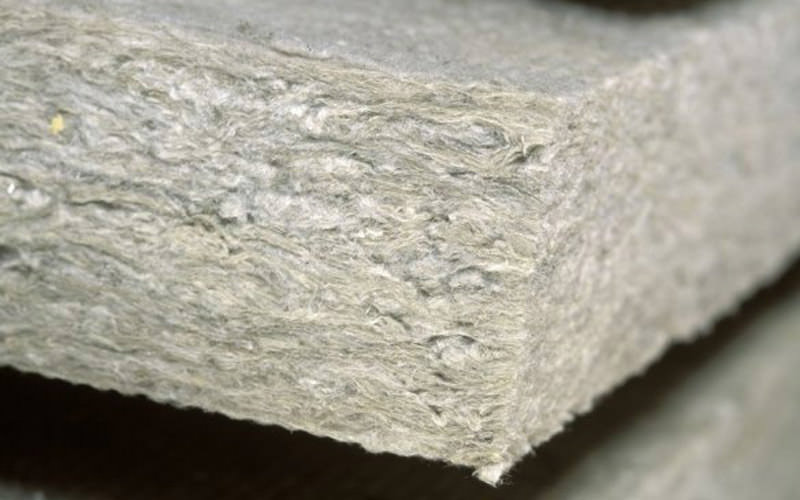Mineral wool insulation is one of the most environmentally friendly materials. Like any other material designed to retain heat, it uses air as the most effective thermal insulator. To “fix” layer of air and make it insulate the room from the cold, it “canning” using fibrous materials that resemble cotton wool in their state.
Fibers can be organic, that is, of plant origin, such as cotton fibers in pharmaceutical wool, or inorganic, that is, mineral. Since only non-combustible materials are suitable for the production of insulation, cotton wool based on mineral fibers is used for this purpose..
Types of mineral wool
There are not many minerals from which thin and long fibers can be obtained. This is, first of all, glass, various slags, as well as some rocks, for example, basalts, after appropriate processing.
Let’s consider the most popular insulation materials based on minerals. The leaders are three: glass wool, slag wool and basalt wool.
Glass wool
Glass wool insulation is one of the most common and relatively inexpensive materials. Has a fibrous structure, color – from light to dark yellow. Raw materials for production – sand, limestone, soda, dolomite, borax, cullet.
This insulation is characterized by low values of thermal conductivity, tolerates vibration loads well, and also compresses well, reducing its volume by six times, which reduces the cost of transportation.
Compared with insulation, basalt wool is a cheaper and simpler material. It is soft and can be used where there is no heavy load. Not so long ago, manufacturers began producing semi-rigid slabs that can be used to insulate ventilated facades. Glass wool in the form of cylinders is used for thermal insulation of pipelines.
The most famous manufacturers of this type of insulation on the market: «Isover», «KnaufInsulation», «Ursa».
Basalt wool
The main advantage of basalt wool insulation compared to others is the ability to obtain materials of different density, shape and resistance to mechanical stress. They make it from gabbro-basalt rocks – diabase, basalt, gabbro, adding carbonate rocks (dolomites and limestones).
The thermal conductivity of the resulting material is lower than that of glass wool insulation; other indicators are also better, for example, vibration resistance. It absorbs moisture less and does not burn. Basalt wool can be obtained with a reduced density, and then it will be flexible, or increased – and then a durable material is obtained.
Taking into account the fact that it is possible to produce materials with different strength characteristics from basalt fibers, to give them different shapes and to apply various coatings, the insulation made from it is more versatile than from other types of mineral wool.
Elastic, soft products made of basalt wool are used where there are no large mechanical loads on it, in low buildings (up to four floors), when insulating wells. The denser views can be used in the construction of high-rise buildings. It provides sound and thermal insulation, and is safe in terms of fire requirements. Shaped products made of this cotton wool are used to isolate pipes and pipelines from external temperatures..
If mechanical loads act on the insulation, rigid modifications of the insulation are applied basalt wool.

One of the main criteria for the applicability of this or that insulation is its resistance to mechanical stress. Previously, only high-density materials withstood increased loads, but today materials have appeared that can withstand significant forces even at low densities. In any case, when choosing a material, it is necessary to take into account how heavy loads it will have to experience.
So, if it is necessary to fasten the heat-insulating sheets together, glass wool insulation or slag wool is hardly suitable, since they are very fragile to break. In this case, basalt fiber wool should be preferred. When insulating a roof, another indicator is much more important: how well it can withstand pressure and compression.
Basalt wool is produced on a backing made of foil or canvas made of glass fibers; for greater strength, it can be stitched with wire or fiberglass threads.
The most famous manufacturers of this type of insulation on the market: Rockwool, Paroc, Nobasil, Danko-Izol, Technonikol.
Slag
Another of the inexpensive and affordable types of mineral wool is slag wool. It is produced from blast-furnace slag (glassy or stony mass, which is a waste in metallurgical enterprises, when iron is smelted in blast furnaces).
The thermal conductivity of this material is quite high, but it has a number of significant drawbacks. Slag wool easily and quickly absorbs water, which imposes restrictions on its use in humid places, for example, for insulating facades and bathrooms. At the same time, chemical processes begin in it, leading to an increase in the acid content, and, consequently, to the destruction of the metal elements surrounding the cotton wool. Another disadvantage is low vibration resistance. Currently practically not used.









